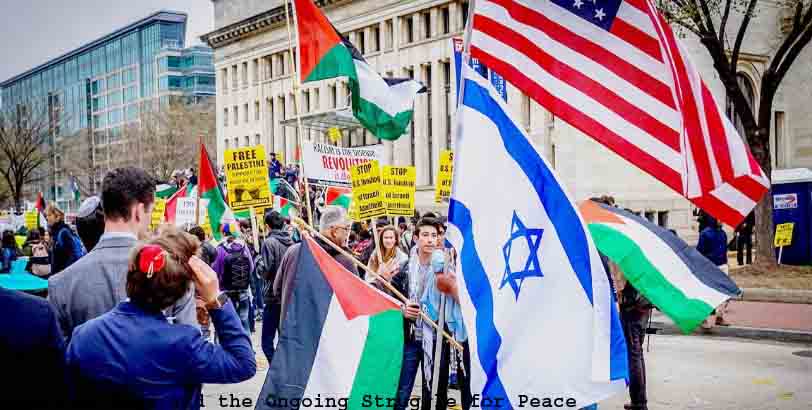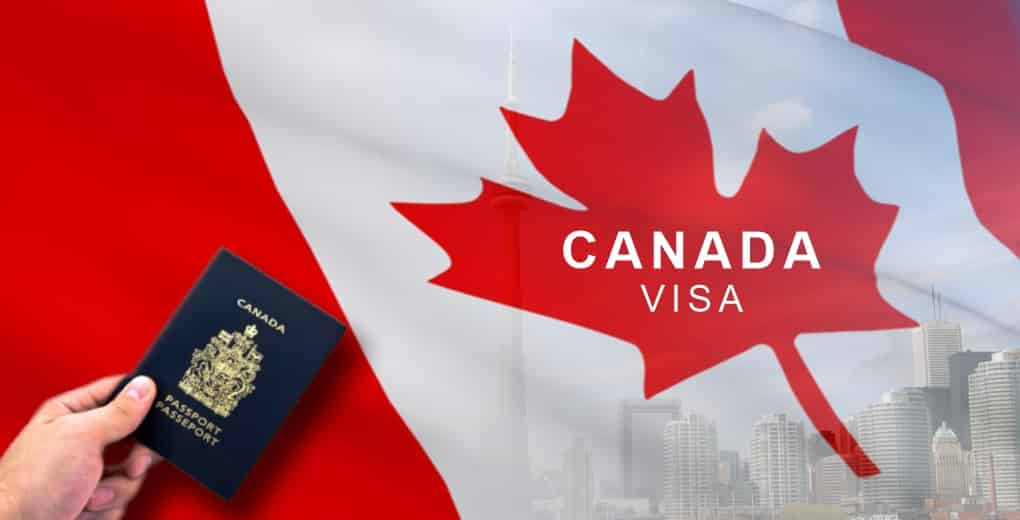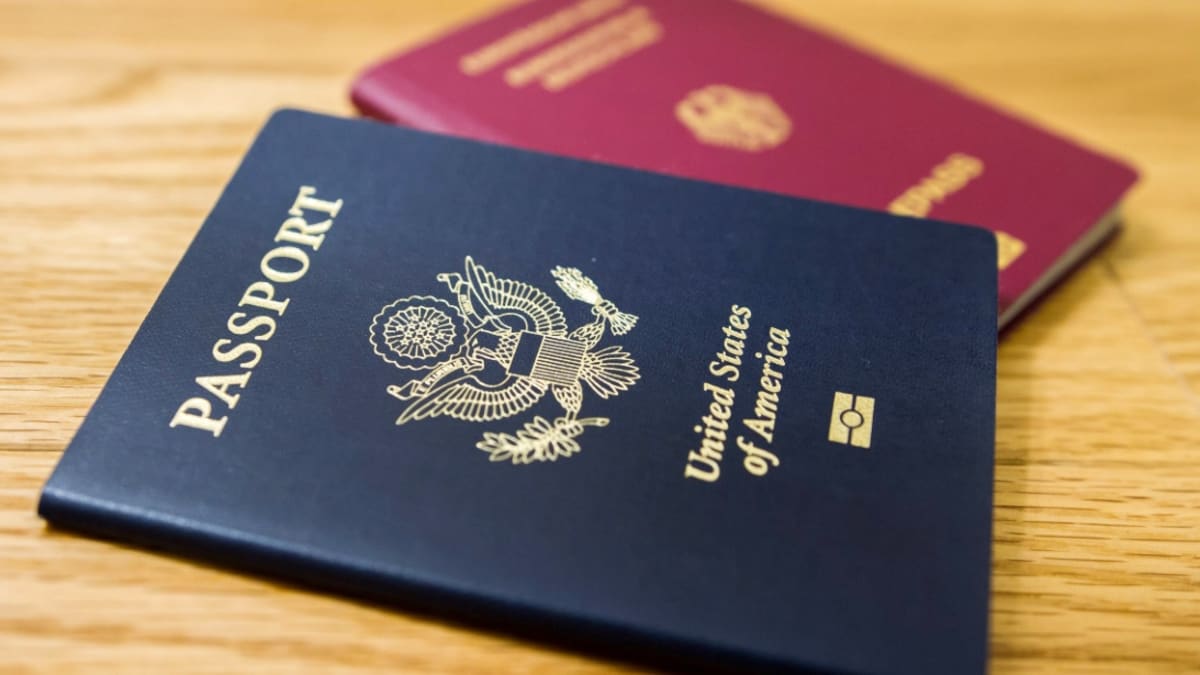
Israel Palestine News
The Israel Palestine conflict is a longstanding and deeply rooted issue that has captivated global attention for decades. The region, rich in history and cultural significance, has been marred by conflict, territorial disputes, and political tensions.
As news from Israel and Palestine continues to dominate headlines, it is crucial to delve into the complexities of the situation, examining historical roots, current events, and potential paths towards peace.
Historical Background:
To comprehend the present state of affairs, it is imperative to trace the origins of the Israel-Palestine conflict. The roots of the discord date back to the late 19th century when the Zionist movement emerged,
advocating for the establishment of a Jewish homeland in Palestine. The Balfour Declaration in 1917 further fueled the aspirations of a Jewish state. However, this vision clashed with the aspirations of the Arab population already residing in the region.
The United Nations’ partition plan in 1947 aimed to divide Palestine into Jewish and Arab states, but this move intensified tensions and led to armed conflict. The establishment of the State of Israel in 1948 resulted in mass displacement of Palestinian Arabs, creating a refugee crisis that persists to this day.
Ongoing Territorial Disputes:
One of the central issues in the Israel-Palestine conflict revolves around territorial disputes. The West Bank, East Jerusalem, and the Gaza Strip are key focal points of contention. The Israeli occupation of the West Bank and East Jerusalem has led to the construction of settlements,
deemed illegal by international law, further exacerbating tensions. The blockade on Gaza has created humanitarian challenges, with the enclave facing economic hardship and limited access to essential resources.
In recent news, developments such as the annexation plans for parts of the West Bank and the controversial building of settlements continue to strain diplomatic efforts. Understanding the intricacies of these territorial disputes is crucial for grasping the ongoing dynamics in the region.
The Role of International Players:
International actors play a pivotal role in the Israel-Palestine conflict, influencing diplomatic initiatives, peace negotiations, and the overall geopolitical landscape. The United States, historically a staunch ally of Israel, has often been a key mediator in peace talks. On the other hand, various international organizations and nations advocate for Palestinian rights, calling for an equitable resolution to the conflict.
The United Nations has played a significant role in addressing the issue through resolutions and peacekeeping efforts. However, achieving consensus among member states has proven challenging, given the deeply entrenched positions on both sides.
Human Rights Concerns:
The Israel-Palestine conflict is not only a geopolitical struggle but also a human rights crisis. Both Israelis and Palestinians have endured the consequences of violence, displacement, and restricted freedoms.
The international community has raised concerns about the treatment of Palestinians in the occupied territories, including allegations of human rights abuses, restrictions on movement, and discriminatory practices.
Recent news has shed light on incidents that have prompted global scrutiny, such as clashes in East Jerusalem, military operations in Gaza, and contentious border security measures. Understanding the human rights dimension is essential for a comprehensive analysis of the ongoing conflict.
Challenges to the Peace Process:
The pursuit of peace between Israel and Palestine has faced numerous obstacles over the years. The failure of various peace agreements, such as the Oslo Accords, highlights the challenges in achieving a lasting resolution. Issues such as the status of Jerusalem, the right of return for Palestinian refugees, and security arrangements remain contentious, impeding progress towards a two-state solution.
The changing political landscapes within Israel and the Palestinian territories, coupled with the influence of regional powers, contribute to the complexity of peace negotiations. The rise of extremist groups, differing interpretations of historical events, and the role of religion further complicate efforts to find common ground.
Grassroots Movements and Civil Society:
Amidst the ongoing conflict, grassroots movements and civil society initiatives have emerged as significant forces advocating for change. Both Israeli and Palestinian activists, as well as international supporters, have engaged in efforts to promote dialogue, understanding, and cooperation. These movements emphasize the importance of people-to-people interactions in fostering empathy and breaking down stereotypes.
Recent news stories have highlighted the resilience of individuals and communities working towards reconciliation, promoting coexistence, and challenging the status quo. Examining the role of grassroots movements provides a glimpse into the potential for bottom-up approaches to contribute to peace-building efforts.
Shifting Dynamics in the Middle East:
The geopolitical landscape in the Middle East has undergone significant shifts in recent years, influencing the Israel-Palestine conflict. The normalization of relations between Israel and some Arab states,
such as the United Arab Emirates and Bahrain, represents a departure from traditional diplomatic norms. While these developments may offer opportunities for regional stability, they also raise questions about the impact on the Palestinian cause and the broader pursuit of peace.
News from the region has highlighted the complex interplay of alliances, rivalries, and strategic interests that shape the attitudes of neighboring states towards the Israel-Palestine conflict. Understanding these dynamics is crucial for assessing the broader context in which the conflict unfolds.
Future Prospects and Pathways to Peace:
As the Israel-Palestine conflict continues to evolve, the prospects for a just and lasting peace remain uncertain. Examining potential pathways to peace involves considering diplomatic initiatives, confidence-building measures, and the role of the international community. The two-state solution, often considered the most viable option, requires addressing core issues and building mutual trust.
Recent developments, including the change in leadership within Israel and ongoing efforts by the Biden administration to reengage in diplomatic initiatives, offer some hope for renewed dialogue. However, the deeply entrenched positions on both sides, coupled with historical grievances, pose significant challenges to any potential breakthrough.
Conclusion:
In unraveling the complexities of Israel Palestine news, it becomes evident that the conflict is deeply rooted in historical, geopolitical, and socio-cultural factors. Territorial disputes, international interventions, human rights concerns, and grassroots movements all contribute to the intricate web of challenges facing the region.
As the world closely follows developments in Israel and Palestine, it is imperative to approach the issue with a nuanced understanding, recognizing the multifaceted nature of the conflict and the potential for positive change through sustained efforts towards peace.









